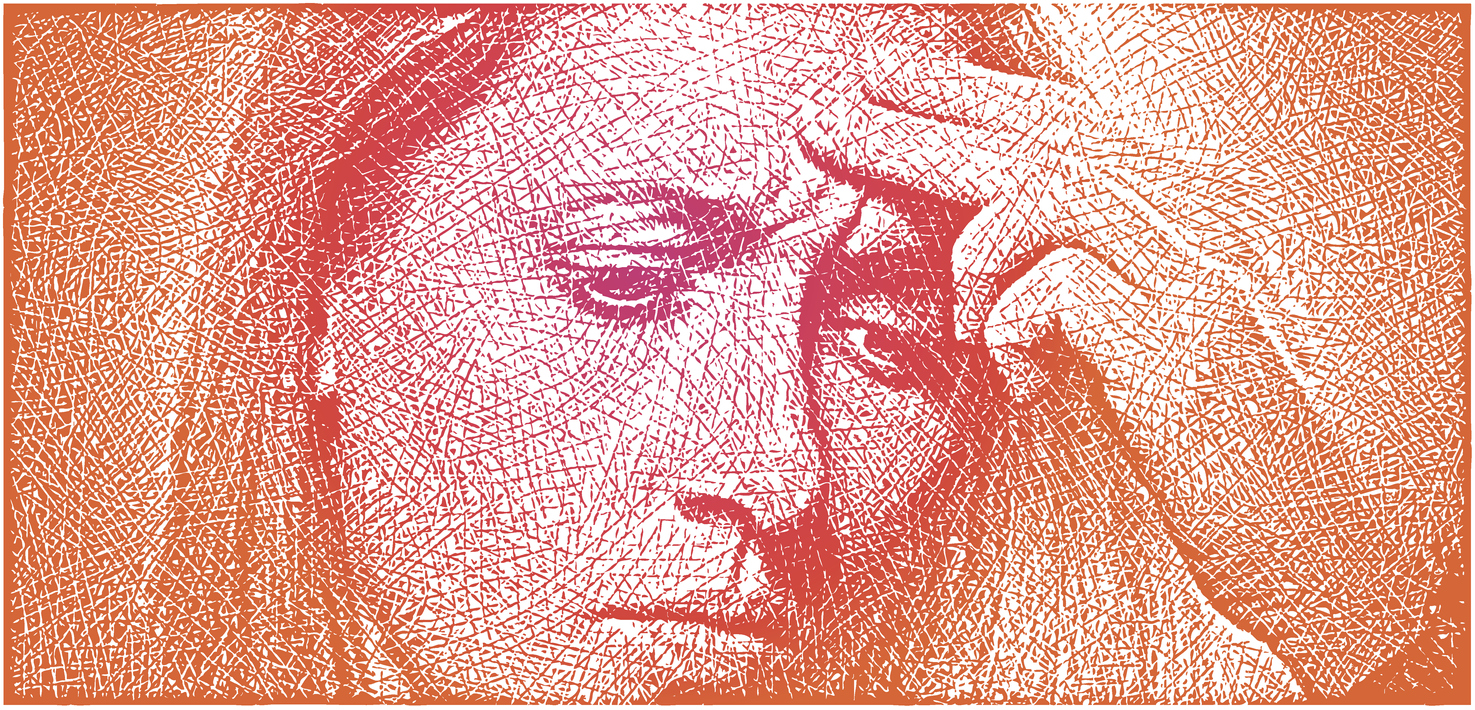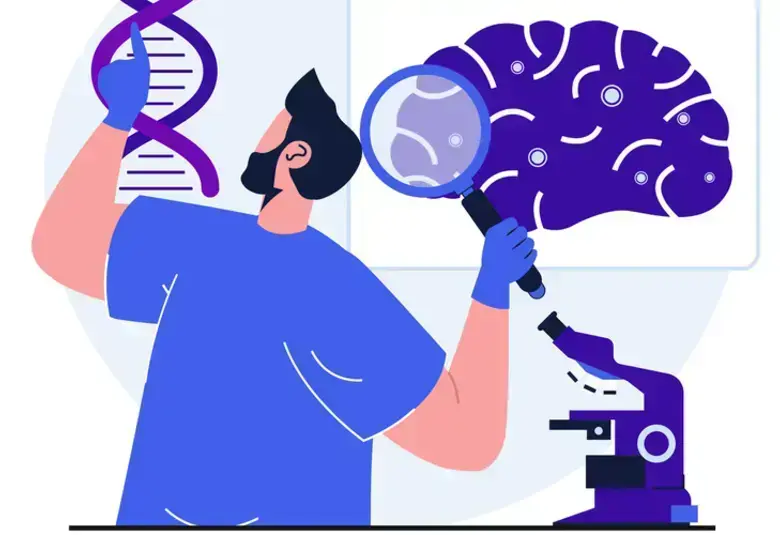In this engaging satellite symposium from ENA2021 virtual, Professor Dawn Buse (Albert Einstein College of Medicine, New York, USA) interwove results from large migraine impact studies with an interview with Ann*, a ‘migraine warrior’, who has been living with chronic migraine (CM) for the past 20 years. Together they present important insights into the impact of life with migraine, and how healthcare professionals can work with patients to achieve their treatment goals.
Ann is a 38 year old working mother of two sons. She experienced her first migraine aged 18, two weeks after her oldest son was born, and since then has had a 20 year journey living with CM.
‘Feel like I’ve lived in a constant fog.’
‘I’ve lived avoiding all sorts of triggers…I avoided going outside’.
‘I’ve lived avoiding all sorts of triggers…I avoided going outside’
Migraine is the 3rd most prevalent illness in the world1, and the 2nd leading cause of disability worldwide2, primarily affecting people, like Ann, in the prime of their life. About 6% of people with migraine fulfil the criteria for CM3.
‘I was depressed, and there were times that I wanted to give up’
‘I felt like no one had any answers for me … felt like I was doing this alone.’
‘I felt like I was doing this alone’
The Chronic Migraine Epidemiology and Outcomes (CaMEO) study4 revealed how migraine can impact on all areas on life, including family and relationships, with 56% of respondents with CM saying they would get along better/a lot better with their children if they did not have headaches. The American Registry for Migraine Research (ARMR) study5 showed that living with migraine impacts on decisions regarding family planning, and 20% of women avoid pregnancy because of migraine. In the Eurolight study6, 1% of respondants reported having fewer/no children and 0.7% reported marital separation/divorce due to their migraine.
20% of women avoid pregnancy because of migraine
Ann can relate to this: she has two children, but always planned to have more, and has been married three times.
‘People want a relationship where both people can go out and share experiences together, and that just wasn’t possible when my migraines were at their peak.’
‘It’s difficult being a mom not knowing what the day is going to turn into.’
One third of those with migraine avoid telling others
Ann can also testify to the findings from the Eurolight project6 concerning the stigma associated with migraine. This found that one third of those with migraine avoid telling others, 10% report that their family/friends and 12% that their employer/colleagues do not understand.
‘My siblings never understood my migraines, and would often make jabs and comments … we didn’t invite you, because you usually don’t show up.’
The CaMEO study4 showed that migraine also impacts on education, career and financial stability, with 58% of those with CM feeling that migraine had impacted on their career and 42% worried about losing their job. Ann is grateful for an understanding boss, but also felt that her migraines held her back and stopped her progressing in her career.
Ann’s experiences resonate with findings from the large migraine impact studies, and brings this data to life. Fortunately, her story continues on a more positive note, as she now has a migraine management plan which is working. Ann is able spend more time with her children, plan a holiday and take a more rewarding job.
‘My goal has always been to be there for my kids - and now, I actually feel that I can do that!’
‘I’m feeling so much more excited and optimistic about life!’
Help people living with migraine live the lives they want to live and give them hope
Prof Buse concluded that as healthcare professionals we need to help people living with migraine live the lives they want to live and give them hope that there are ways to manage the condition. By asking patients what matters to them we can work together to achieve the best outcomes.
*Name has been changed to maintain confidentiality.
Educational financial support for this Satellite symposium was provided by Lundbeck.
For the latest updates on sea.progress.im, subscribe to our Telegram Channel https://bit.ly/telePiM
Our correspondent’s highlights from the symposium are meant as a fair representation of the scientific content presented. The views and opinions expressed on this page do not necessarily reflect those of Lundbeck.




